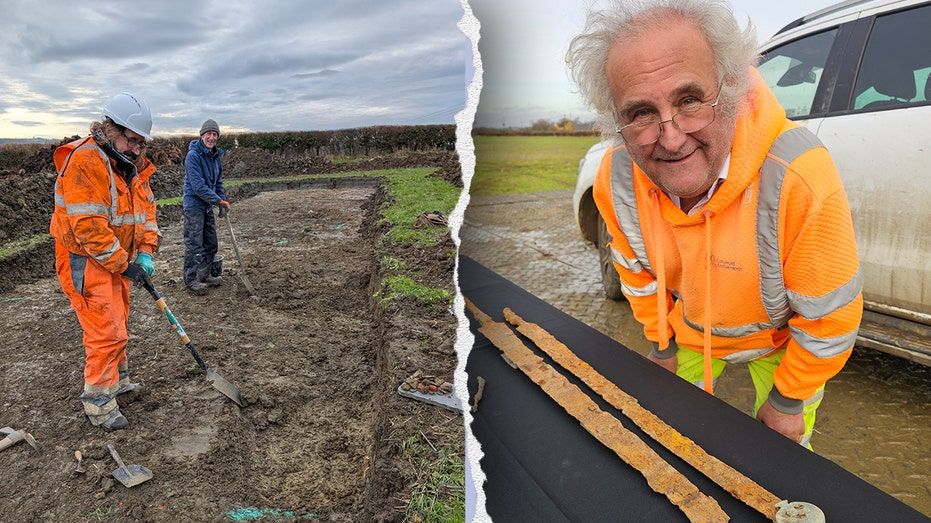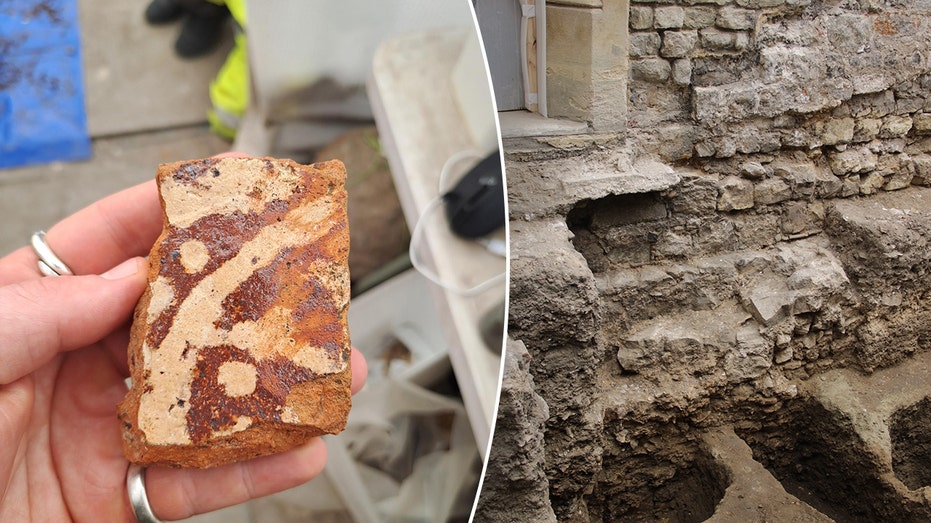Bizarre Embalming Method Preserves 18th-Century Austrian Mummy

Sarah Johnson
May 18, 2025
Brief
Researchers uncover a bizarre 18th-century embalming technique preserving an Austrian mummy with wood chips, fabric, and zinc solution.
Upper Austria, 2025 - In a crypt beneath the church of St. Thomas am Blasenstein, an 18th-century mummy has defied time, and researchers now know why. Dubbed the "air-dried chaplain," this remarkably preserved figure, likely Franz Xaver Sidler von Rosenegg, a vicar who died between 1730 and 1780, reveals an embalming technique as bizarre as it is effective.
Carbon dating places the vicar between 35 and 45 years old at death. His diet, rich in terrestrial animal products, suggests a comfortable life with little physical toil. Yet, tuberculosis, marked by a pulmonary hemorrhage, claimed him. The study, published in Frontiers in Medicine, notes he was likely a pipe smoker, with calcifications and a lung cavity hinting at chronic illness.
What sets this mummy apart is its midsection, stuffed with an odd mix of wood chips, twigs, embroidered linen, and silk. This wasn’t random debris but part of a deliberate preservation process. A solution of zinc, chloride, and copper was injected into the abdominal cavity, ensuring the body’s remarkable condition, though the face and extremities fared less well.
Professor Andreas Nerlich, who led the study, called the technique unprecedented. The zinc-chloride solution and internal stuffing created a near-perfect preservation environment, a method undocumented elsewhere. While the vicar’s healthy diet had no bearing on his preservation, this quirky embalming practice has left historians and scientists marveling at its ingenuity.
This find joins other recent discoveries, from a 2,000-year-old Italian mummy to a 130,000-year-old baby mammoth in Russia, reminding us how the past continues to surprise.
Topics
Editor's Comments
Wood chips and silk stuffed in a mummy? Sounds like the vicar’s undertaker was moonlighting as an interior decorator! Jokes aside, this quirky preservation method shows our ancestors were as creative as they were morbidly practical.
Like this article? Share it with your friends!
If you find this article interesting, feel free to share it with your friends!
Thank you for your support! Sharing is the greatest encouragement for us.



